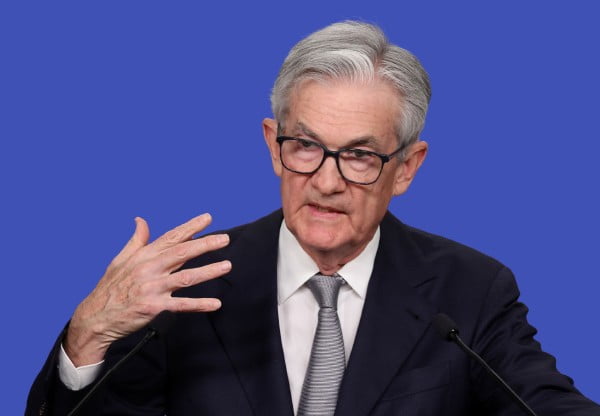In a move that sent markets soaring, the Fed signals a potential shift in its monetary policy stance during its final meeting of 2023. While officials agreed to hold interest rates steady for now, the minutes released Wednesday revealed a growing consensus that the peak of the current hiking cycle might be near, with some cuts even on the horizon. However, the timeline for such easing remains shrouded in uncertainty, with data and the evolving inflation picture holding the key.
Hope Springs Eternal, But Caution Prevails
The December meeting minutes painted a picture of a central bank cautiously optimistic about the battle against inflation. Officials acknowledged progress, citing a six-month reading of core inflation that dipped below the Fed’s 2% target and signs of a rebalancing between supply and demand. This fueled speculation about potential rate cuts as early as March, with markets cheering the possibility of a dovish pivot.
Powell’s Remarks Spark Debate
Fed Chair Jerome Powell further stoked the fire in his post-meeting press conference, suggesting that rate cuts had become a “topic of discussion” and a “topic for us looking ahead.” His comments were music to the ears of investors, who promptly sent stocks rallying in anticipation of looser monetary policy.
But Not Everyone’s on the Hawkish-to-Dovish Bandwagon
The ensuing days witnessed a chorus of voices from within the Fed itself, pushing back against the exuberant market expectations. Chicago Fed President Austan Goolsbee cautioned against pre-committing to swift or frequent rate cuts, while New York Fed President John Williams deemed talk of a March cut “premature.” Cleveland Fed President Loretta Mester echoed the sentiment, warning markets not to get “ahead of the Fed,” and Richmond Fed President Tom Barkin insisted on seeing concrete evidence of sustained inflation decline before entertaining rate cuts.
Data Drives Decisions, Not Wishful Thinking
The Fed’s cautious approach is rooted in a data-driven strategy. While the recent inflation numbers are encouraging, officials remain wary of declaring victory prematurely. They emphasized the need for continued vigilance to ensure inflation stays on a downward trajectory and doesn’t flare up again. The “dot plot” released alongside the minutes underscored this cautious stance, with individual members’ projections for rate cuts in 2024 ranging from zero to four.
Market Bets on a Dovish Downpour, But Will the Fed Deliver? Despite the Fed’s measured tone, financial markets have gone all in on the dovish narrative. Bets on the number of rate cuts next year have jumped to six, with some even predicting a March kickoff. This optimism stems from the promising inflation data, particularly the core Personal Consumption Expenditures index falling below 2% on an annualized basis.
The Road Ahead: A Balancing Act between Hope and Reality
While the Fed’s shift in tone suggests a potential pivot toward looser monetary policy in 2024, the path forward remains uncertain. The central bank will need to navigate a delicate balance between responding to the improving inflation data and ensuring continued progress on the price stability front. Data will be the ultimate arbiter, and any significant deviation from expectations could force the Fed to recalibrate its plans.
The bottom line
The Fed has opened the door to the possibility of rate cuts in 2024, but the timing and extent remain firmly in the realm of speculation. Investors would be wise to heed the central bank’s cautious optimism and temper their expectations until the data provides a clearer picture of the economic landscape.
Source: Yahoo Finance
Also See: Global Stocks Roar Back in 2023: MSCI World Hits 4-Year High





